When the game is drawing to a close, one team may not want to kick too deep against the other, but they choose onside kicks instead. This situation allows the kicking team to recover the ball to bring it back and launch another attack.
Many teams use this tactic to turn things around in the fourth quarter when there’s not much time left in the game. However, being too focused to create surprise onside kicks is the leading cause of player concussion.
Realizing these risks, the Association had to introduce changes to the rules of an onside kick in the NFL tournament. It has caused controversy and affected the onside kick recovery rate.
To learn more about this, read on with Langley Rams.
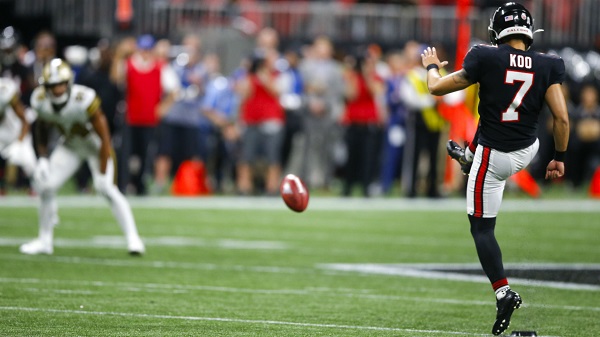
Onside kick
Contents
What Is An Onside Kick? How Does An Onside Kick Work?
An onside kick attempt occurs in American football when the kicking team deliberately kicks the ball a short distance through the tee shot to the receiving team. Often they will kick the ball directly to the ground to make it bounce.
View more: Football positions
How do onside kicks work? The surprise onside kick makes it very difficult for the receiving team to keep the ball and thus creates an opportunity for the kicking team to recover it. If this technique is successfully implemented, the offensive team of the kicking teams will receive a lot of first down balls.
When the game is about to end, this factor is necessary to create a comeback.
If the receiving team recovers the ball, they will receive an automatic first down from the collection location or dead-ball spot. However, this is quite difficult because they need to have complete control of the ball to receive the first penalty when teeing off.
Any fumbles between the receiving team and the defending team will result in the loss of the ball and the opposing team having a first down.
What Are The Changes In Onside Kick Rules NFL?

NFL wanted to reduce the concussion rate
There’s no denying that being a football player means he’s more prone to injuries and occupational accidents. One of the most severe accidents affecting their playing career and life is the concussion.
View more: How many players on a college football team
Onside kicks are an effective attack, but they are too violent. The success rate of surprise onside kicks is very high, at 60% compared to 20% of expected onside kicks. They are the leading cause of injuries and violent play when the two teams have to rush into each other at full speed.
Released in 2018, the new onside kick rule prevents kicking team players from generating more surprise onside kicks. This rule succeeded in reducing the injury rate but also reduced the number of successful onside kick recoveries many times.
Read on to learn more about the details of this kickoff rule and its impact on NFL teams.
Kicking Team: NFL Onside Kick Rules Changes
In the new onside kick rule, the kicking team cannot place personnel on one side of the line when the kickoff starts. Their squad will consist of 5 players standing on either side of the kicker. At least two players must be between the yard-line number and the inbound lines and two outside the yard-line number.
One in five kicking team’s players will perform free kick counts, regardless of their position.
When a player is only about a foot from the penalty line, he needs to let at least one foot touch the line, regardless of whether his foot is front or back. All kicking team players must be behind the ball and in the inbound queue.
The kicker and the placekick’s holder are the two exceptions if the kicking foot does not cross the line.
Until a representative of the kicking team kicks the ball, the team must not run after the ball. This rule is intended to reduce the running start of kicking teams. They need to line up behind a line at the 35-yard line for penalty kicks and the 20-yard line for safety kicks.
These kickoff rules changes have the primary purpose of keeping football players safe. In the past, the legal team kicking strategy was to load onto one side of the team and destroy the opposing formation directly. The two teams will have serious collisions leading to unwanted injuries in the end.
Receiving Team: NFL Onside Kick Rules Changes
The receiving team must also receive some changes to the onside kick rules. Typically, the receiving team’s restraining line will be 10 yards ahead of the kicking team’s line.
The NFL also requires the receiving team to change its staffing structure and spread them out throughout the roster. There should be at least eight players in the 15-yard setup between the team’s 45-yard line and the 40-yard line. The receiving team also had to add three more players in the touchdown area.
The primary purpose of this formation is to receive the team from classic kicks, leading to injury.
The new NFL rules also don’t allow the receiving team to make wedge blocks with the defending player taking the ball. Although this block suspension is usually only for three receivers aimed at the end zone, it directly affects the traditional onside kick.
When Can The Kicking Team Recover Onside Kicks?
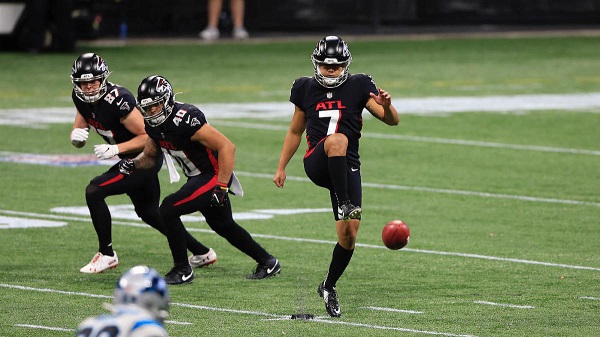
The kicker
A neutral setup zone of 10 yards will be set up during all kickoffs. This area starts from the position of the ball when the teams line up to start the kick.
If the kickoff starts at the team’s 45-yard line, the neutral area extends to the 45-yard line of the receiving team.
Once the kicker kicks the ball, it is considered a live ball. Therefore, it is called a fumble until the ball goes out of bounds or a player successfully recovers it. If the ball has touched a player, but he cannot recover it, it will still be alive even if it has traveled 10 yards or not.
When the football hits the floor, there is no chance of catch and means no interference. Thus, the kicking team generally attempts to make the ball bounce early and available about 20 yards in front of the kicking area.
The exception to this rule is that the ball must leave the neutral zone before the kicking team can recover the ball. It means the ball must travel 10 yards from the starting position before a kicking team member recovers the ball.
A penalty will be awarded if a kicking team member recovers the ball before it has traveled 10 yards. At that time, the receiving team will have the opportunity to retain possession.
Both teams can compete for the ball when the ball touches the 10-yard limit and crosses. If the ball goes out of bounds before a player from either team successfully recovers, the receiving team receives possession of the ball at the spot where it went out of bounds.
The Success Rates Of New Onside Kick Rules
With the above changes to onside kicks in 2018, it becomes difficult for kicking teams to get possession of the ball. There have only been about five surprise kicks this season compared to an average of 9.4.
The success rate also decreased when only hovering around 6%. You will quickly notice the difference compared to the completion rate of 21% in 2017. During the 2019 season, this rate increased to 12.7%.
The NFL experimented with a few changes to give kicking teams a chance to succeed. They limit the number of members in receiving teams to no more than nine in the setup zone. In previous seasons, that number was usually 10 to 11 players. With fewer players receiving the ball, the kicking teams will have more chances to receive the ball.
Frequently Asked Questions
To learn more about NFL onside kick rules, read on.
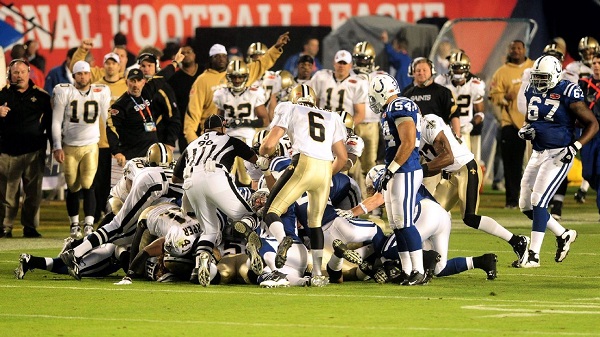
The onside kick on Super Bowl XLIV
Can You Fair Catch An Onside Kick Attempt?
American Football prescribes a fair catch rule: a team may make a fair catch on a punt or kickoff while the ball is in flight. However, in the middle of an onside kick, the kicking team kicks the ball to the ground to bounce, so it’s not in flight.
Therefore, you cannot do a fair catch in the middle of an onside kick.
Were There Any Successful Onside Kick Attempts On Playoffs Or Super Bowl?
There have only been two times when football coaches had successfully used an onside kick strategy to catch players off guard.
At Super Bowl XXX, Pittsburgh Steelers head coach Bill Cowher called for an onside kick early in the fourth half when the score was restored to 20-10. At Super Bowl XLIV, the New Orleans Saints called an onside kick from the warm-up lineup early in the second half and successfully converted possession into a touchdown.
Final Thoughts
The onside kick is an effective tactic when playing football, but it also comes with risks and backlash. To do this successfully, teams need to be well prepared to avoid unwanted consequences.



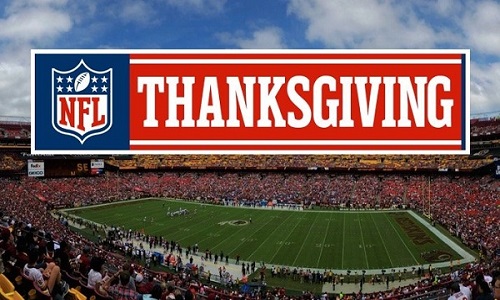
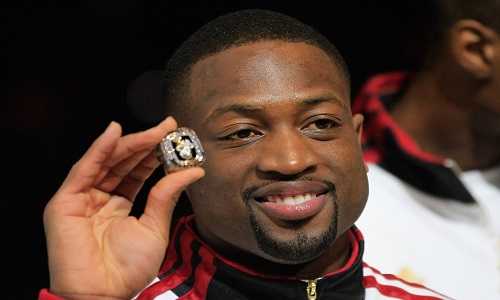
![Top 30 Best Defensive Players In NFL [Latest Updates] 13 best defensive players in nfl langleyrams](https://langleyrams.com/wp-content/uploads/2021/12/best-defensive-players-in-nfl_langleyrams.jpeg)
